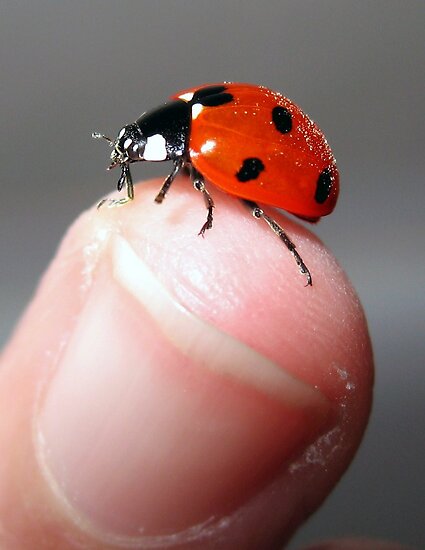
The 1st of August is known as Lammas Day, loaf-mass, which is the festival of the harvest beginning, when the first cut sheaf or bread made from it is blessed and offered in church. This loaf, in Anglo Saxon Britain was often used in ritual magic afterwards, a book of Anglo-Saxon charms directed that the lammas bread be broken into four bits, which were to be placed at the four corners of the barn, to protect the garnered grain. In many parts of England tenants were bound to present freshly harvested wheat to their landlords on or before the first day of August.
Lughnasadh or Lammas is also the name used for one of the eight sabbats in the Neopagan Wheel of the Year. . It is the first of the three autumn festivals, the other two being the autumn festival (also called Mabon) and Samhain.
Lughnasadh is a Gaelic festival which marks the beginning of the harvest season, originally held on the 1st of August and celebrated throughout Scotland, Ireland and the Isle of Man.
Lughnasadh is mentioned in some of the earliest Irish chronicles and is believed to have pagan origins. The festival itself is named after the god Lugh. It involved great gatherings that included religious ceremonies,which would have included the sacrifice of a bull, an offering of the first corn, ritual athletic contests, feasting and trading. Much of this would have taken place on top of hills and mountains.
Lughnasadh customs persisted widely until the 20th century, with the event being variously named 'Garland Sunday', 'Bilberry Sunday', 'Mountain Sunday' and 'Crohm Duh Sunday'. The custom of climbing hills and mountains at Lughnasadh has survived in some areas, although it has been re-cast as a Christian pilgrimage. The best known is the 'Reek Sunday' pilgrimage to the top of Croagh Patrick on the last Sunday in July. A number of fairs are also believed to be survivals of Lughnasadh, for example the Puck Fair.
The Puck Fair is reputed to be one of Ireland's oldest fairs which takes place annually for three days beginning on the 10th of August. The festival itself takes place in Killorgin, County Kerry.
Every year a group of people go up into the mountains and catch a wild goat which is brought back to the town and the "Queen of Puck", traditionally a young school girl from one of the local primary schools, crowns the goat "King Puck".
The "King" is then put into a small cage on a high stand for three days, and on the 3rd day of the fair, he is brought down to be led back to his mountain home.In the middle of the town square, he is crowned, which signifies that the festivities may begin.
A horse fair takes place on the first day and on the second day there is a cattle fair. There are usually many street vendors during the festival who advertise their wares to the large numbers of tourists who come to Killorglin for the fair.
This is also a time that spirits walk abroad and hence is a good time to divine the future. To learn the whereabouts of your destined lovers home. take a ladybird and address her before releasing her:
'Lady, Lady Lanners
Tak your cloak about your heid
And fly away to Flanders
Fly ower moor and fly ower mead
Fly ower living, and fly ower dead
Fly ye east or fly ye west
Fly to her that loves me best'



No comments:
Post a Comment